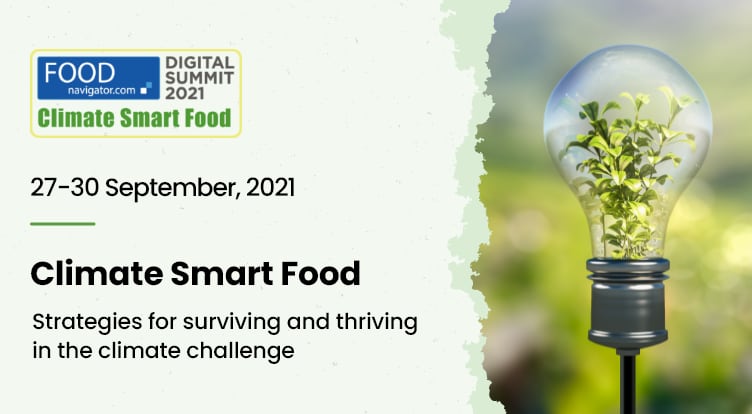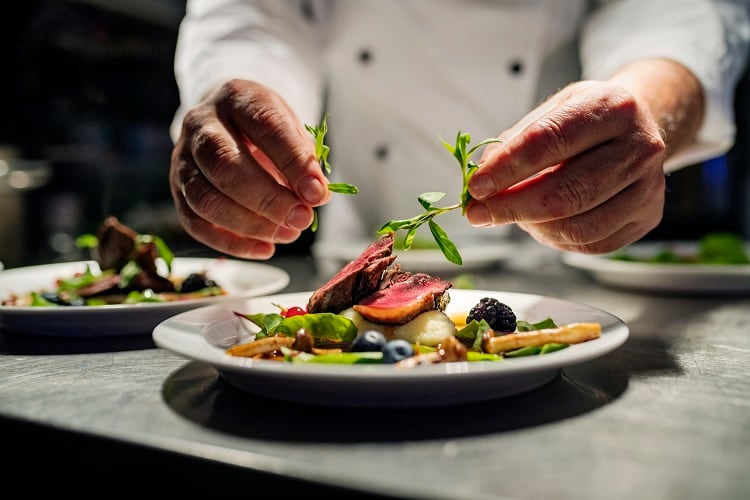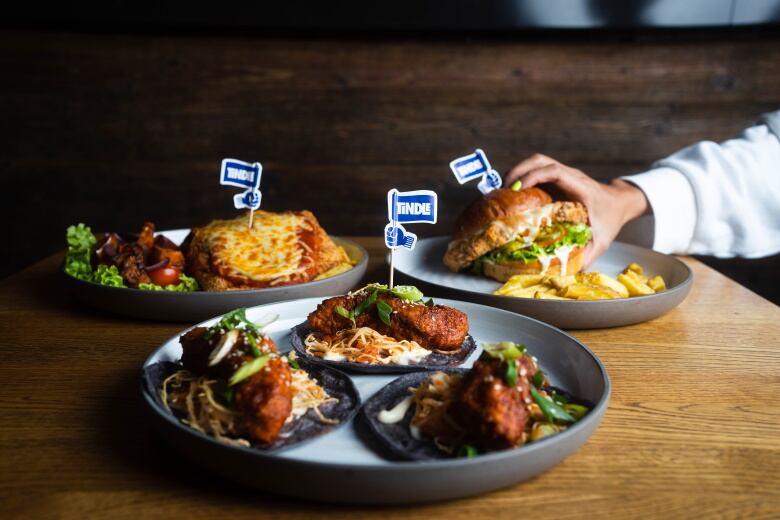In Europe, plant-based is on the rise. According to Nielsen data, consumption has increased by 49% in two years across the bloc, achieving a total sales value of €3.6bn.
As cow-free dairy and meat analogue categories expand, food manufacturers are looking to take an even greater market share. So how can brands encourage greater uptake – both in first-time and repeat purchases – from the meat-eating consumer?
‘The consumer decides with his tongue’
Taste has long been crowned ‘king’ amongst factors influencing consumers’ enjoyment of a product.
A recent survey conducted by the International Food Information Council Foundation backs this up: 88% of those surveyed stated taste as their primary reason for buying a product.
While in plant-based other contributing factors – from environmental sustainability to animal welfare concerns and nutrition – are also encouraging consumers to make the switch, Florian Herkner, Global Growth Platform Manager, Plant-based Product at Symrise, says it predominantly comes down to ‘the taste implication’.
“In the end, it is the consumer that decides with his tongue,” he told delegates at FoodNavigator’s Climate Smart Food event.
“We have studies that say nearly 70% of consumers would repeatedly purchase a plant-based product if it tastes really nice.”
Food manufacturers are looking for products with flavour and texture parity to animal products, and the German flavours and fragrances firm sees its job, and that of the broader industry, to supply it.
Other challenges include price, nutritional profile, and mouthfeel. “These are the implications that we, as the industry players, have to tackle,” he told delegates at the event.
“I think we’re doing a good job, but we are not really there yet for most of the products.”
Colour’s time to shine?
Frederik Hoeck, Managing Director of Dutch natural colour company GNT, said he ‘totally agrees’ with Herkner’s insights into taste.
But in today’s world of social media and digital content, where consumers are increasingly looking at pictures of food through Instagram, advertisements, and online platforms, Hoeck suggested it’s colour’s time to shine: “We have come into the play for colours.”
Aside from taste, shoppers are also attracted to food products for their appearance, he told delegates. “I think we all agree that consumers want to have great food that has great appearance, that tastes great, and that is of course affordable.”
The managing director continued: “As Florian stated, people re-buy when it tastes great, but of course the first purchase impulse comes from the visual appeal coming from the shelves.
“This is a big lever or us, and here we can really help. And we’ve come a long way. It is interesting to see how the importance of colours has really gained in the last years.”
Reiterating that texture and flavour remain the most important, Hoeck also attributed colour’s increased significance to social media. “People…even buy food just to take a photo and share it nowadays. The importance of great visual appeal has really helped.
“If you can…mimic plant-based products that look great, then of course acceptance for consumers would increase.”
Colour will also prove crucial to the development of the next generation of plant-based analogues, ranging from beef to lamb and seafood.
“Together with our customers we are developing a plant-based salmon that looks like salmon,” recalled the managing director. “It’s incredible what is possible today. And this is really interesting and cool to watch.”
Accessibility: ‘We want plant-based to be for everyone’
Ultimately, plant-based manufacturers need to make their products desirable if they are to encourage greater uptake amongst flexitarians and meat-eaters.
Charlotte Streck, director and co-founder of Climate Focus, agreed, placing desirability and accessibility hand-in-hand. “We need to make it desirable,” she told delegates at the event. “It needs to be affordable and it needs to be desirable.”
The think tank lead continued: “There is something fundamentally wrong if the plant-based option is the inaccessible, expensive one, and the meat product is the accessible cheap one. Then we are getting it completely wrong, from the point of view of health and…sustainability.”
Vegetarian and vegan products should not be placed out-of-sight in the corner of supermarkets, nor should they be listed in a separated category at the bottom of a restaurant menu, ‘after the children’s plates’, Streck argued.
“If we lift it up, if it is appealing and cool in the presentation, [and] affordable, then people will eat it.”
Accessibility is also a major focus area for mycoprotein brand Quorn Foods. Having secured retail listings in its native UK, the US, Australia, Singapore, and across the majority of western Europe, Quorn is considered the largest meat-free business globally.
In recent years, Quorn took the strategic decision to expand its reach by entering the QSR (quick service restaurant) space. At Climate Smart Food, Quorn Chief Commercial Officer Peter Harrison suggested this strategy is particularly effective in reaching the masses.
“We want meat alternative foods to be available for everyone and everyone should feel like they can access it and eat it and it’s a normal thing. QSR restaurants are a place where lots and lots of people go,” he told delegates.
Quorn has worked with big names in the QSR space, from the likes of KFC to Greggs and Pizza Hut.
Harrison continued: “So if you want to make a big impact on the numbers, if you really want to help sustainability, get in there and make a difference in those environments.”
Missed Climate Smart Food? Don't worry, the four days of content is still available free on demand... Simply register HERE to catch up.






